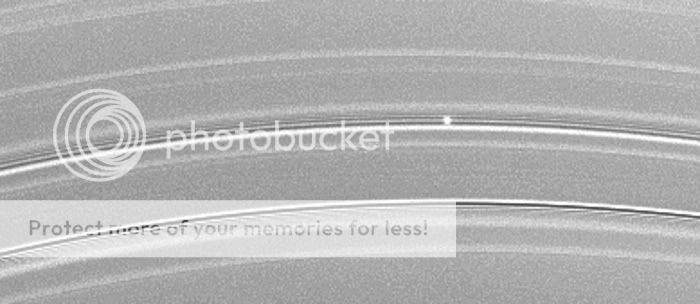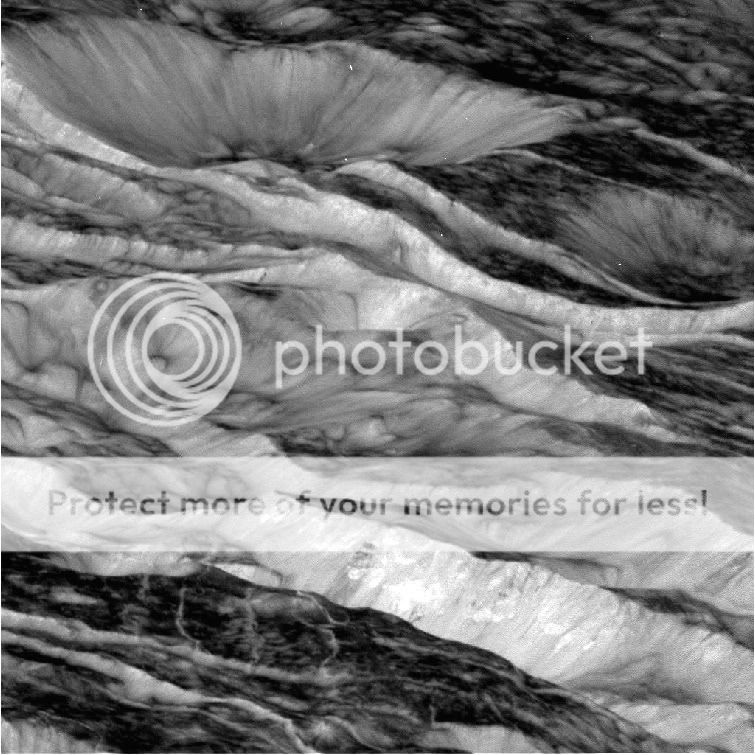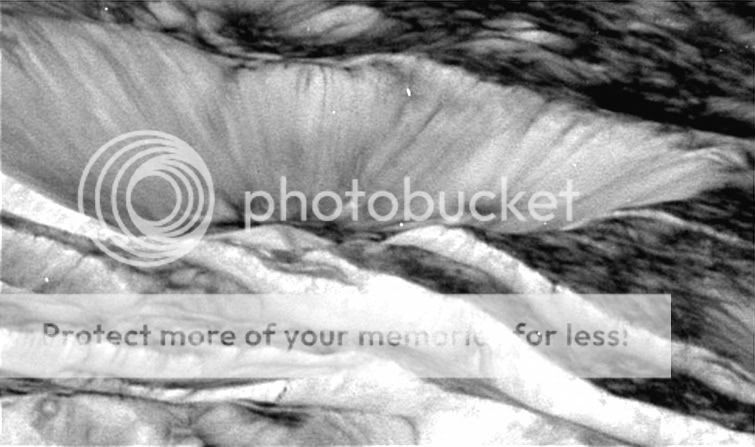Re: Cassini Equinox Mission (Cassini's two year extension).
It's wonderful to have you back Fomalhautian. :mrgreen:
Far too long no see.
I suspect it's a bit of both. Calypso, like all irregular bodies have varying surface gravities across their surfaces & that gravity may not go straight down into the surface, it could pull several degrees to one side, if the body is really potato shaped like Calypso, Telesto, Helene, Prometheus, Pandora, Mars moons Phobos & Deimos, Jupiter moons Amalthea, Thebe & Metis, asteroids 243 Ida, 433 Eros, 951 Gaspra, 25143 Itokawa, etc, due to one part of the body being 'larger' than another (a bit difficult to explain really).
In short an irregularly shaped body will have varying strengths & directions of surface gravity dependent on where on the body it is.
Perhaps these 'ice flows' seen on Calypso (Tethys trailling trojan moon) & more recently on Helene (Dione leading trojan moon), are symptomatic of that.
The source of the icy debris could be the rings of Saturn & / or the geysers of Enceladus.
Interesting point. The images of both Calypso & Helene are sharp enough to investigate this properly. Telesto, also appears smoothed off, but lacks flow like features, strange. It does not seem as if we will get a close look at Polydeuces (the tiny Dione trailling trojan moon, approx 10% the size of Helene or approx 4 KM wide)
Andrew Brown.











































